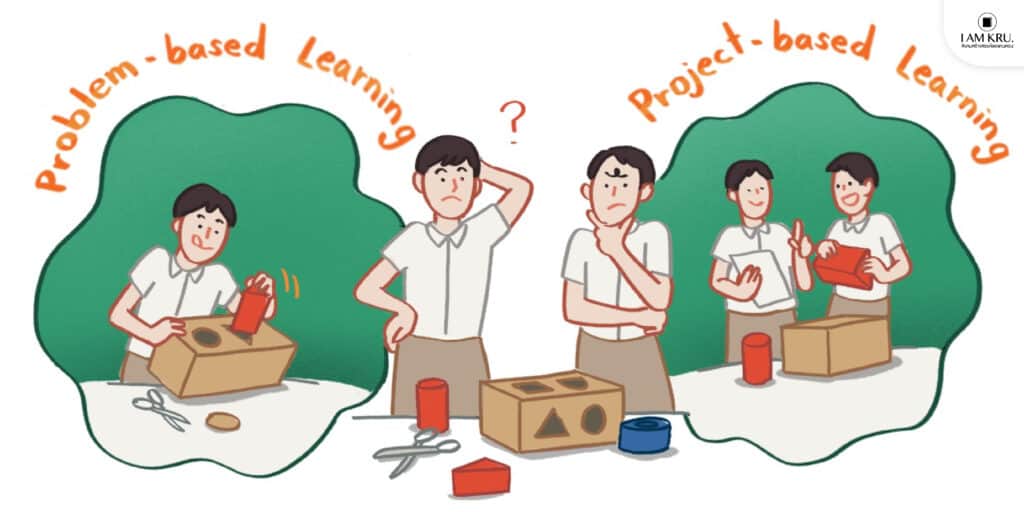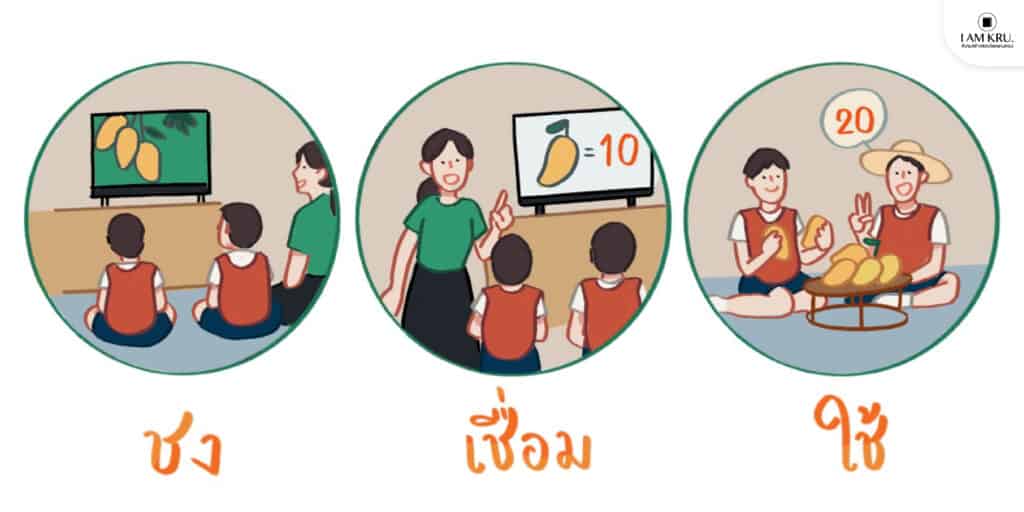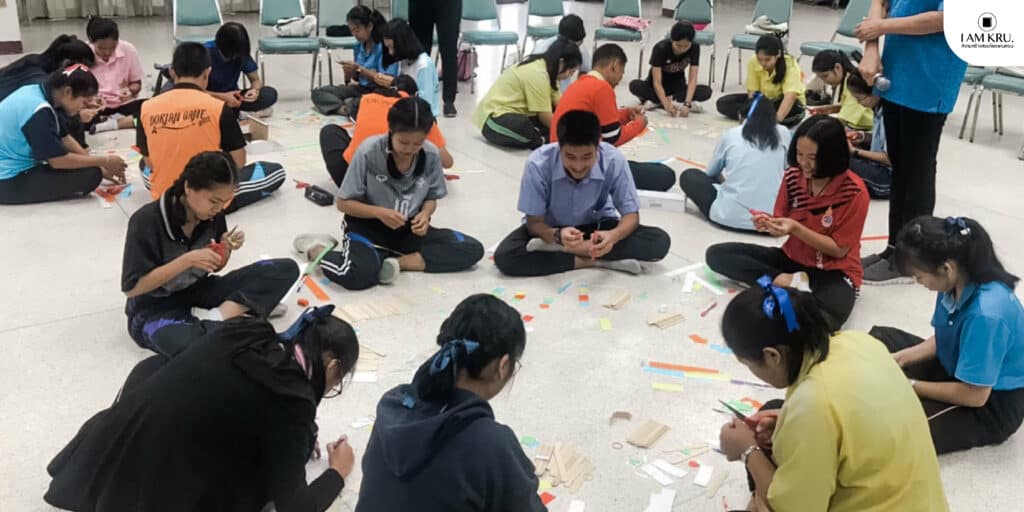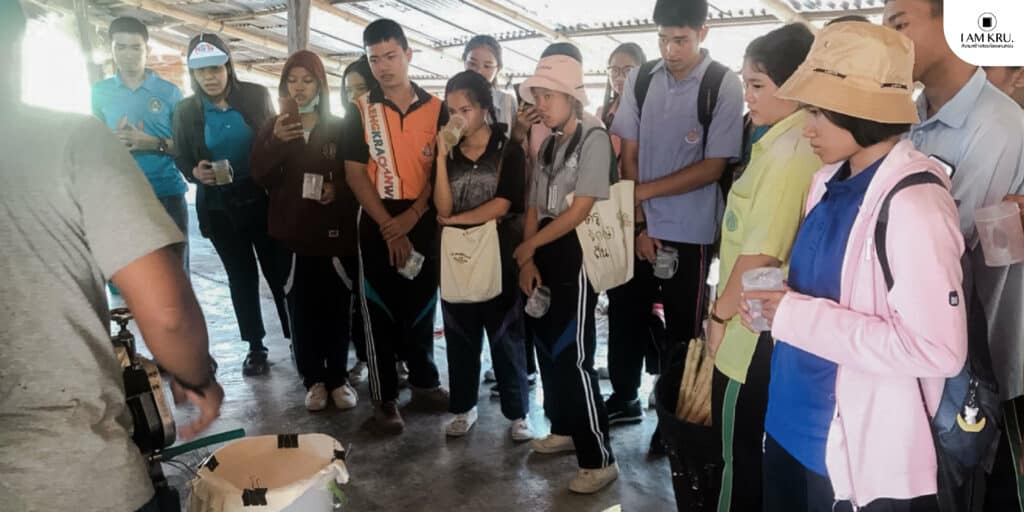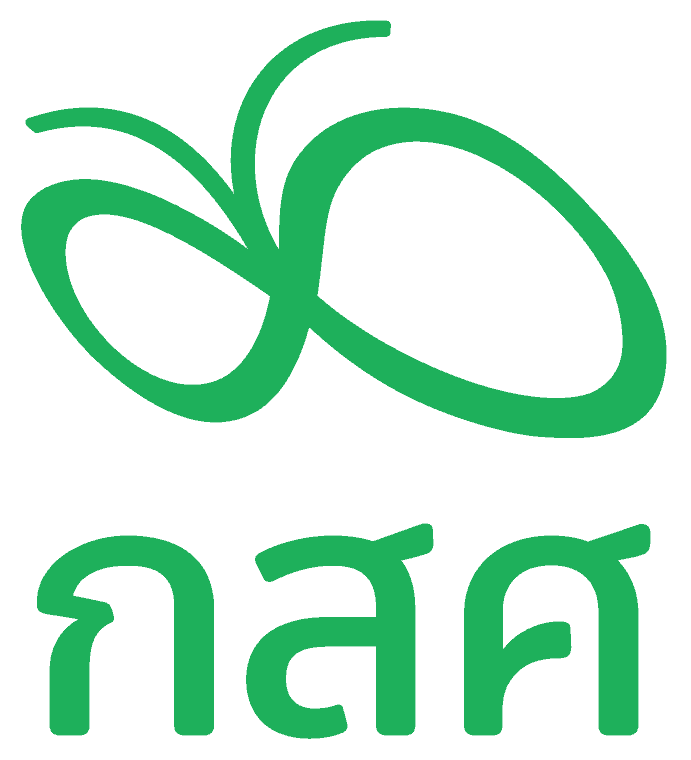Learning in the 21st century emphasizes the learning process that involves everyone in teaching and learning, focusing on the learner at the center. The learning format is not subject-based, but rather is characterized by interdisciplinary projects which utilize information and skills across various subjects.
A high-functioning classroom consists of 12 components, with a left-right axis to compare the characteristics of low/high-functioning classrooms, divided by behaviors and activities used to promote learning with an emphasis on everyone’s participation.
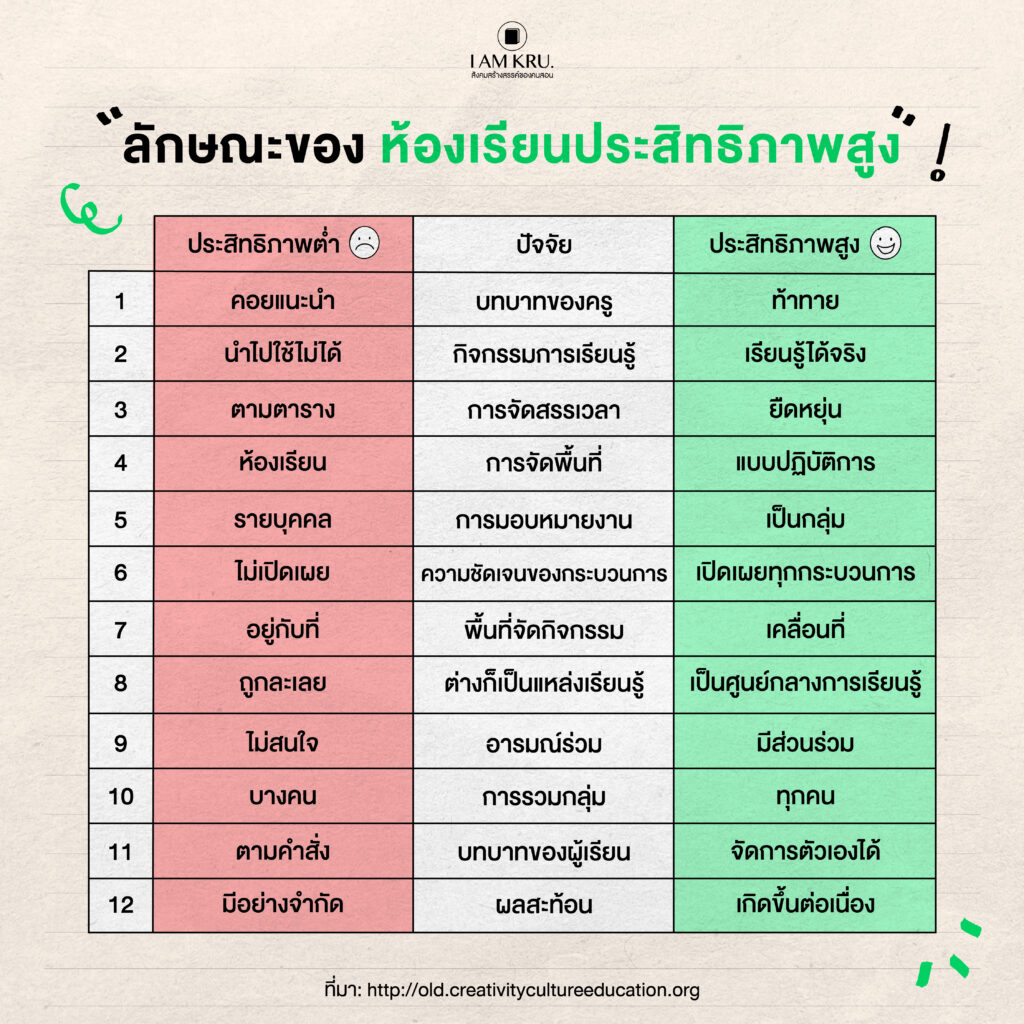
From the table above, it can be seen that high-functioning classrooms emphasize the participation of learners in the classroom, which is central to the process of teaching and learning. This approach focuses on the learners’ self-management skills. The role and responsibilities of teachers are not just to passively transmit knowledge but to teach in an active learning style. Teachers are not merely lecturers of various knowledge sets; their role in a high-functioning classroom resembles that of a coach, providing academic knowledge, practical skills, and advice that helps learners improve their learning skills. The teacher’s role is to facilitate learning, where they must have the ability to learn independently and expand their knowledge in related subjects. Teachers must be capable of impartially assessing students, knowing new research resources, and applying them in teaching. The factors that make a classroom a high-functioning one include 8 elements as follows.
Integration of Technology
Modern technology opens up greater opportunities for learning. Teachers can design subjects with the technology at hand to create learning tools through various online platforms such as Google Suite, or design learning through games (Games-based Learning) which can make learning more enjoyable.
Creating Understanding
A strict learning atmosphere does not promote an active learning process. Learners will not feel relaxed; the resulting stress may provoke a resistance to learning. Teachers are responsible for creating a positive learning atmosphere for students, using Positive Psychology in the classroom to motivate learners to be more enthusiastic and enjoy their learning experience.
Close Monitoring and Assessment/strong>
To develop and improve teaching efficacy, there should be regular checks on the quality of both learners and teachers, as well as the teaching process (formative evaluation), to consider and verify that students achieve the intended learning objectives. As for measuring and evaluating outcomes to analyze and assess whether teaching has been successful (summative evaluation), this is to ensure that students learn at higher levels.
Lesson Planning
Lesson planning is a systematic approach to structuring learning. It organizes and checks off content that has not been taught or has already been covered. Lesson planning helps teachers stay on topic if classroom discussions deviate, and the plan helps assess whether the content is too much or too little. It is an essential tool that enhances the efficacy of teachers’ content delivery.
Curriculum Mapping
Advance curriculum mapping helps visualize the entire content that will occur. It is a process of indexing content, creating curriculum maps to reduce gaps, eliminate redundancies, and remove content that does not align with the curriculum. The purpose of this is to improve the overall linkage of the educational curriculum. This curriculum mapping can also serve to retrospectively assess the effectiveness of the teaching.
Provide Choices to Learners
High-functioning classrooms emphasize the learners’ ability to ask questions, with the teacher helping to define the path of learning, driving students to learn to their fullest potential. Teachers manage resources, tools, and equipment in the classroom that respond to various options that learners want, and are ready to create an atmosphere that promotes knowledge and skills. Learners become eager to know, learn, and ask questions, with teachers able to recommend resources, learning technologies, and extend interesting topics that allow students to find answers on their own.
Classroom Management
Teachers and learners are good examples to each other, emphasizing the promotion of a positive classroom environment where everyone is an important part in determining the direction of the class. Establishing rules, conventions, and procedures as guidelines for everyone to know and follow together. This approach creates smooth relationships in the classroom; however, if there is a breach of agreed rules, there is no punishment, but an emphasis on discussion to find solutions to reduce negative behavior.
Supporting Learners
It is one of the important duties of teachers to develop learners into quality individuals in terms of physical, emotional, intellectual, and capability aspects. The classroom is a safe space where learners have the freedom to exchange ideas (Think – Pair – Share). Learners can critique, inquire, and debate on subjects or issues set to find answers (Questioning-based Learning), with the teacher reflecting students’ thoughts, encouraging discussion to reach conclusions, and ready to advise and guide solutions.
Acknowledgements:
Commitment to the Role of Teacher as a Facilitator of Learning, (2007)
32 Characteristics Of High-Performing Classrooms
86
Writer

- Admin I AM KRU.


